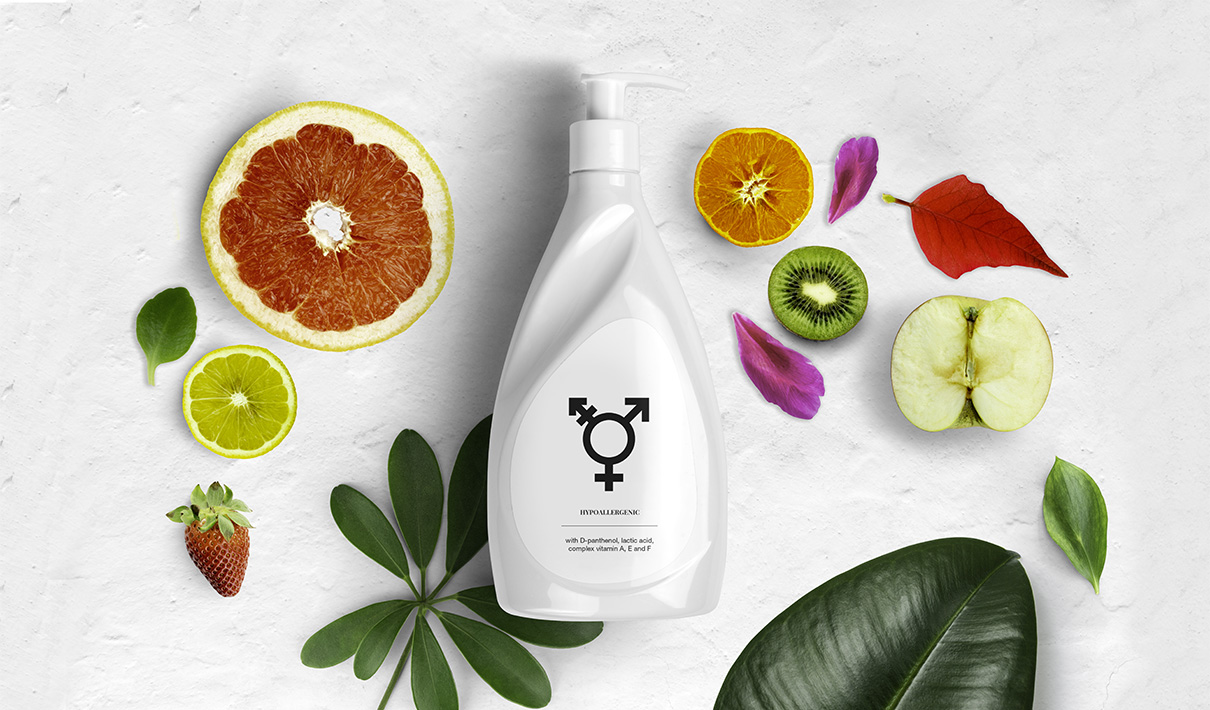It used to be that pink was for girls and blue was for boys. Both genders had their own bathrooms and locker rooms, and everything from toys and clothes to certain foods and technologies were gender-specific. But that was then, and this is now—and now, the seismic shift toward gender fluidity is infiltrating all facets of everyday life, including packaging.
Let’s face it—unisex sells.
Nike and Gatorade have always straddled the gender line by showcasing women in strong, athletic roles—playing the same sports as men, sweating and recovering just like men. Recently, marketing campaigns have kickstarted discussions about why certain products are marketed to a specific gender at all; this past February, Old Spice launched a “Men Have Skin Too” campaign, developed by Wieden + Kennedy, to make the case that men should have access to the same selection of skin-care products that women do.
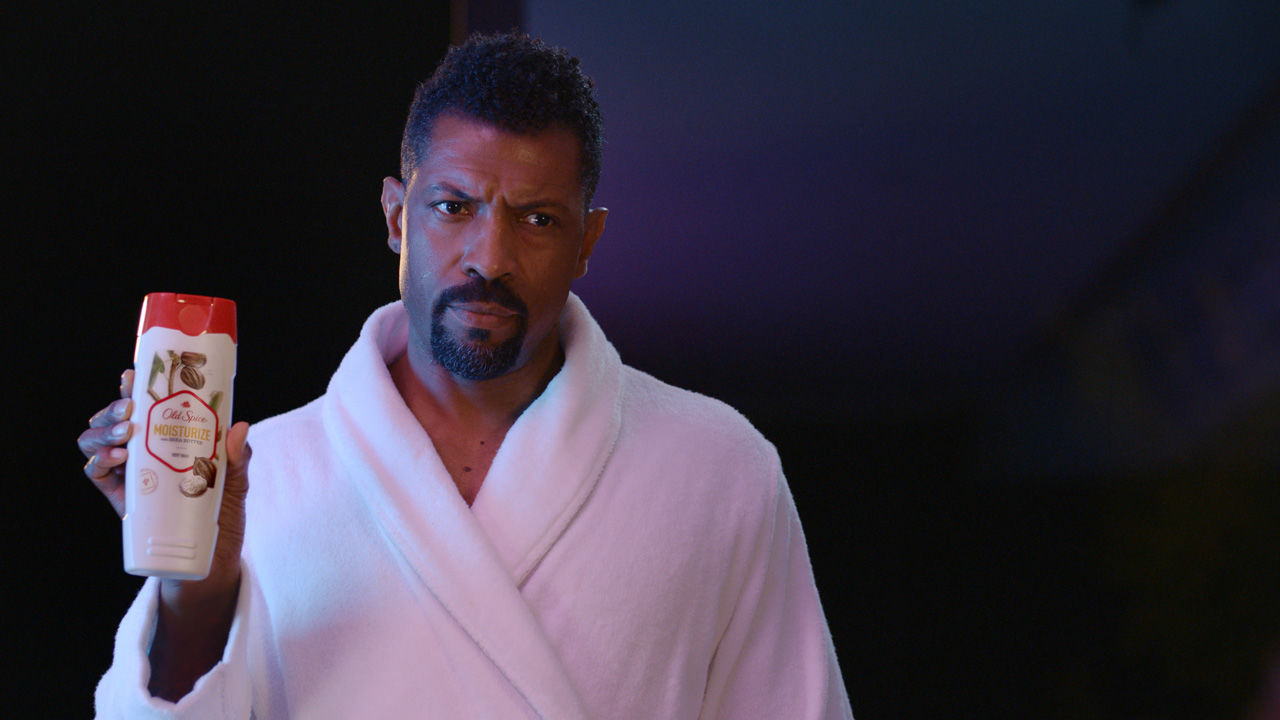
Even categories that are marketed to a specific gender for biological reasons have become subject to further consideration. Last week, Procter & Gamble caused a media stir when it announced that it would drop the Venus symbol—which represents the female sex—from Always’ sanitary-pads packaging to be more inclusive of transgender and non-binary consumers.
Much of these changes have been prompted by Generation Z, which now comprises 32% of the global population. This audience expresses markedly more progressive views about gender fluidity than older generations. In fact, 59% of Generation Z believe that forms or online profiles that ask about a person’s gender should include options other than “man” and “woman.”1 It’s only natural that this generation would expect brands to communicate with them in the same way—not delineated by gender, that is.
How are she, he, and they responding?
In recent years, most of the buzz around gender-neutral packaging has been focused on products that have been explicitly marketed to specific genders, such as skin care, fragrance, spirits, and diet-friendly foods. Revisiting why these categories are gendered makes good sense—men have skin too; women can smell woodsy if they want; most people like to imbibe; and every body is a temple.
There’s evidence to suggest that gender matters much less to consumers than it used to. As part of Designalytics’ packaging research, we conduct an objective assessment of the attributes that matter most to consumers when they’re purchasing products in a given category. In the male body wash category, “makes me feel masculine” ranked 34th in importance—trailing far behind a myriad of functional, sensory, and ingredient benefits. Across beverage-alcohol categories, including beer, whiskey, and vodka, gender associations ranked lower than 30th—if at all—on consumers’ list of desired attributes.
The outcome of Samuel Adams Boston Lager’s recent redesign, which downplayed “masculine” perceptions (among other associations), is consistent with this trend. Consumers preferred the updated packaging by a ratio of 2 to 1, a finding validated by the new design’s strong performance in market.
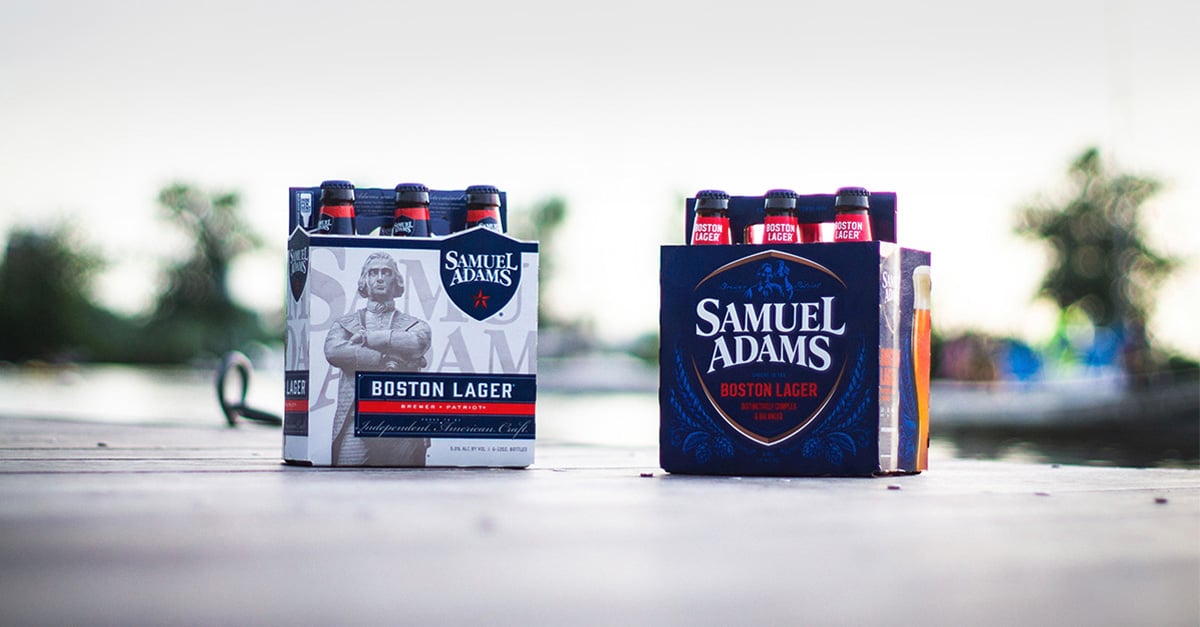
Diet Coke is another beverage with a lengthy history of appealing to one gender over another; indeed, ”diet” has long disagreed with traditional notions of masculinity. The brand finally decided to shake things up last year by making it okay for men to care about calories, too. Diet Coke developed gender-neutral packaging, accompanied by new flavor innovations, which returned the brand to growth within three months following the launch.2 The brand even promoted the non-gender-specific nature of the product in its Super Bowl ad, stating “There’s a Coke for he and she and her and me and them. There’s a different Coke for all of us.”
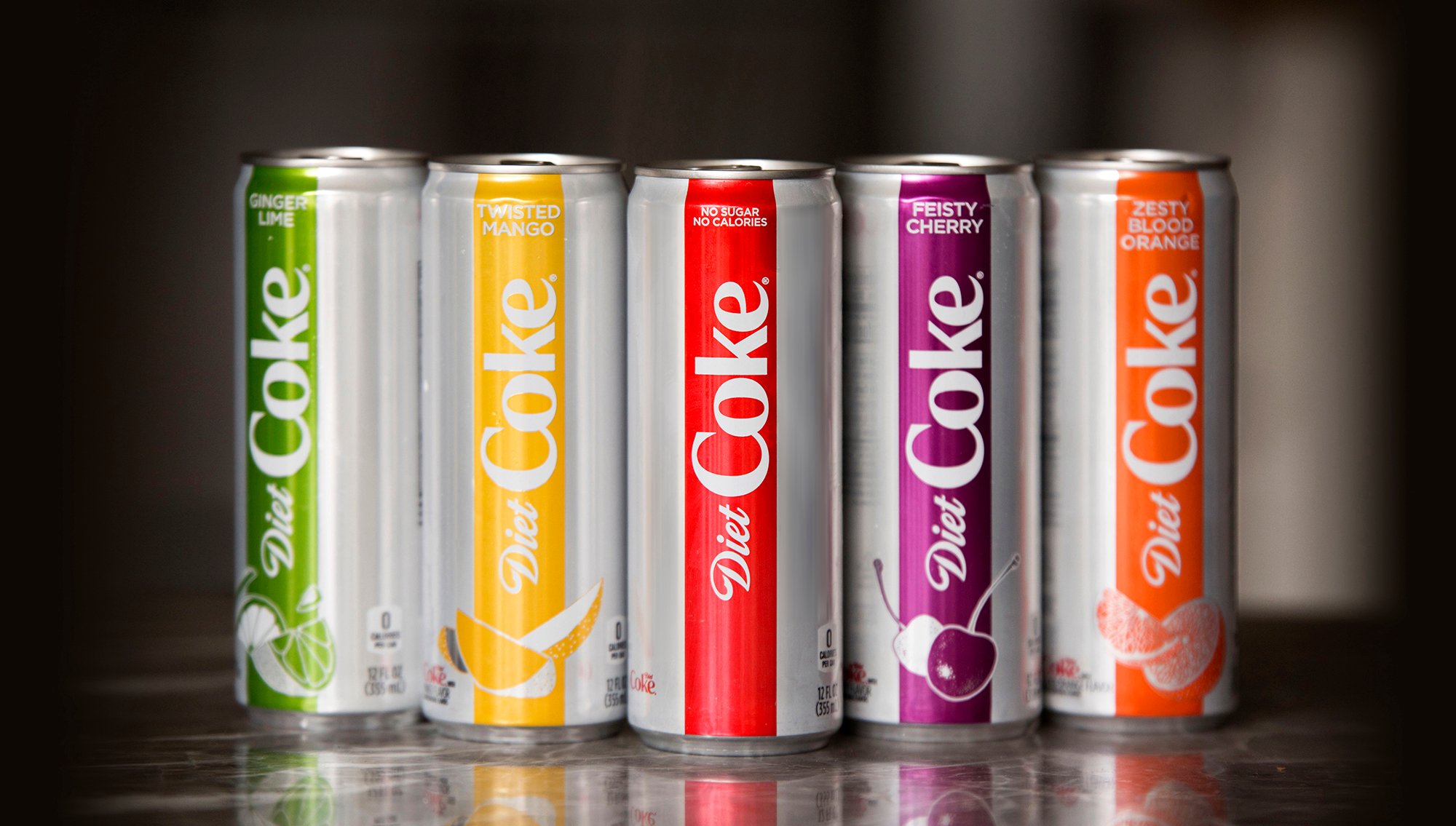
In a similar vein, ThinkThin protein bars recently rebranded to Think! in an attempt to move away from associations with diet and weight loss, which have historically repelled many male buyers. (Protein bars have long been bifurcated by gender—but who knows how long Clif and Luna will remain an item in this new gender-progressive world?) Initial results from Designalytics' redesign study confirm that the new Think! design does, in fact, conjure fewer associations with "low-calorie," "diet," and "thin"—and is more preferred than the old design by a ratio of four to one.
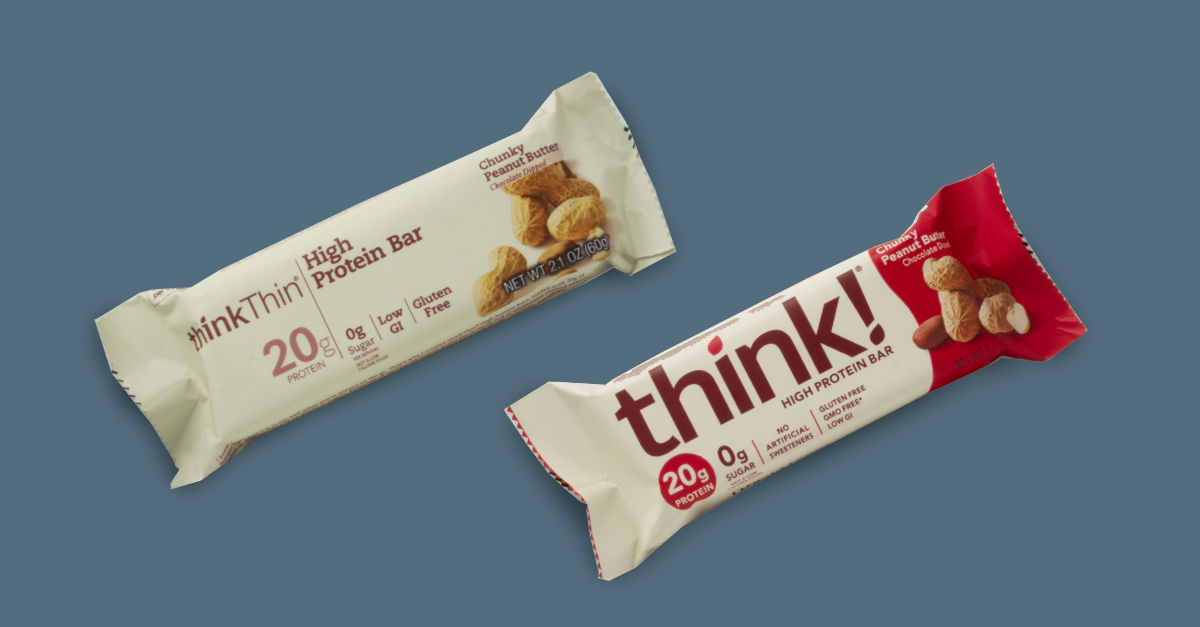
YQ is a new line of high-protein, low-sugar yogurt launched by Yoplait with a no-nonsense personality and an intentionally gender-neutral design. Pearlfisher adopted a minimalist approach, muted gray-brown packaging with pops of color, and simple typography, reflecting the brand's desire to offer consumers more of what they need and less of what they don't—which apparently includes less sugar, less frilly language, and fewer gender-driven assumptions about the brand's target audience. Thanks to YQ, Yoplait's "simply better" product segment experienced 8% retail sales growth following the product's launch.3
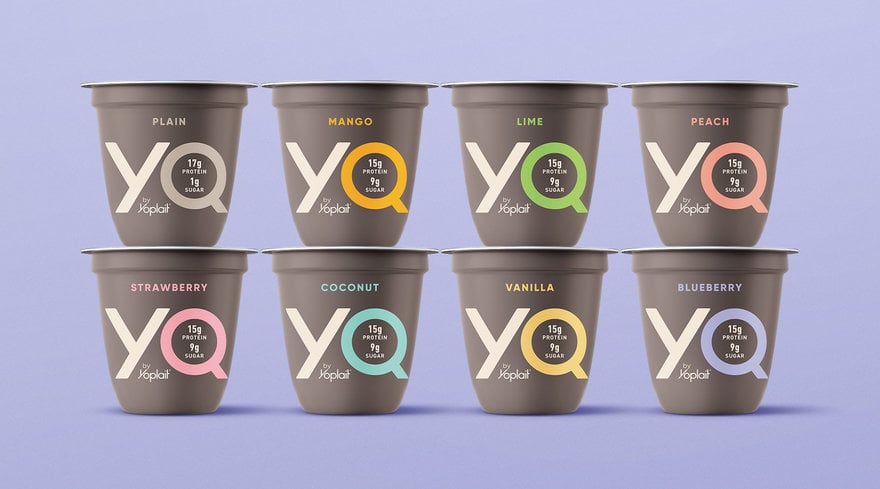
Hard seltzer is a product category that's become increasingly gender-neutral, though some early category leaders primarily targeted women. Rumor has it that the idea for Bon & Viv sparked when the founders watched multiple women, presumably seeking more calorie-conscious options, consecutively order vodka sodas at a bar. In Designalytics' analysis of top-selling packages in the flavored-malt-beverages category, Bon & Viv's design—which features its signature mermaids and looks decidedly feminine compared to other competitors—demonstrated lackluster performance among category buyers, with below-average resonance scores for the category. By contrast, White Claw—which reported 283% year-over-year growth in July 2019—performed extremely well across design performance metrics.4 Incidentally, the brand's predominantly black-and-white design and its social media depictions have been praised for their gender-neutral approach.

Brand personality and execution matter—a lot
For every success story about a brand making strides to be more gender-inclusive, there's an instance where a campaign fell flat or, even worse, incited consumer backlash. Younger consumers, who are the target of many gender-progressive brand efforts, are particularly sensitive to messages that could be perceived as inauthentic or as self-serving "marketing ploys." For example, in celebration of Women’s History Month in March 2017, Brawny paper towels revived its “Strength Has No Gender” advertising campaign from two years prior, including a set of four personal narratives from women who have “broken barriers.” But, some consumers barked back, stating that Brawny and its parent company, Georgia-Pacific, were simply "riding the coattails of the four extraordinary women, whose stories are exploited for the benefit of Georgia-Pacific's bottom line."5
Given consumers' sensitivity to perceived posturing on the part of brands, support for gender diversity needs to align with the brand's image and to be carefully executed. Less overt statements of support, such as making conscientious design choices that avoid playing into traditional gender stereotypes, may be one promising approach, as evidenced by many of the examples mentioned above.
A recent Mintel study on Generation Z suggests that branding which focuses on the problem being solved—not the audience—can succeed in projecting gender-neutrality without needing to scream it from the rafters. “Consumers are looking for products that meet their needs, not products that force them into traditional gender roles or binary frameworks,” outlines the study.
Moreover, there are likely situations where marketing to specific genders might confer an advantage in the marketplace—after all, not all consumers readily embrace the concept of gender-fluidity. For this reason, brands may be best-served by being “gender-intelligent” rather than unfailingly “gender-neutral.” Do we need gender-specific packaging for face wash, snack bars, potato chips, or tissues? Probably not—it’s worth thinking about.
1 ”Generation Z Looks a Lot Like Millennials on Key Social and Political Issues,” Pew Research Center, January 2019.
2 "Diet Coke revival helps boost Coca-Cola brand: Brand Finance ranking," Beverage Daily, July 2019.
3 "General Mills earnings climb on improved performance from North America Retail unit," Food Business News, September 2019.
4 "America is running out of White Claw hard seltzer," CNN, September 2019.
5 "Strength Has No Gender, Marketing Has No Scruples, and the Emperor Has No Clothes: Happy Women’s History Month?" Jeremy Hockett, March 2017.

